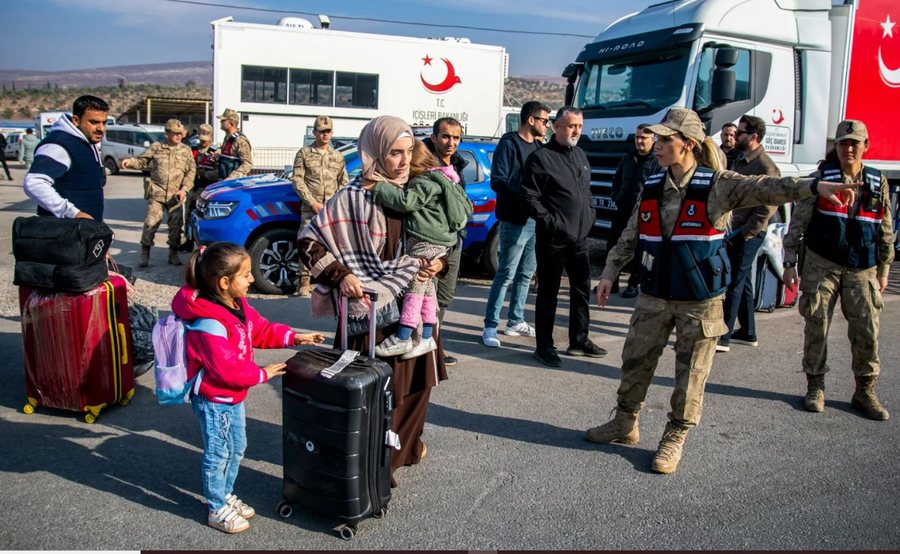
In a scene reflecting a remarkable shift in the humanitarian and political landscape, the year 2025 saw an unprecedented increase in the number of Syrian refugees deciding to return to their country after years of forced displacement.
This massive return comes after former Syrian dictator Bashar al-Assad was ousted from power, leading to tangible changes in Syria both in terms of security stability and international reconstruction efforts.
Comparing the return of Syrians abroad in 2025 with the al-Assad regime reveals radical differences in motives and circumstances.
According to figures released by the United Nations High Commissioner for Refugees (UNHCR), more than a million Syrian refugees have returned home since the fall of the al-Assad regime - a record number not seen since the outbreak of the Syrian war in 2011.
This includes 885,000 internally displaced persons (IDPs) and 302,000 refugees, according to UN Resident and Humanitarian Coordinator for Syria Adam Abdelmoula.
UNHCR expects up to 3.5 million refugees and IDPs to return this year, which "underlines the need for urgent investment in recovery and reintegration support," according to Abdelmoula.
"Active hostilities continue in the north, south and some areas on the coast - displacing thousands and hindering aid access," he added.
Unlike the political landscape of 2025, the decision to return to Syria under al-Assad had a very different character.
During the final years of the war, the al-Assad regime tried to market the idea of a "safe return" for refugees, but often faced accusations of using this slogan as a cynical political tool.
Many refugees who tried to return during this period were arrested or forcibly recruited into the army, causing widespread fear among Syrians living abroad.
Reconstruction under al-Assad was also very limited. There was a severe security crackdown on those who wanted to repair their homes in areas suffering from destruction. This increased distrust between refugees and the regime and led to a significant decline in the number of returnees.
A key characteristic that defines the return of Syrian refugees in 2025 is the active role that the international community is playing in supporting the country's reconstruction process.
After years of political rhetoric, diplomatic efforts succeeded in reaching an international consensus on the need to provide humanitarian aid and support to Syria.
There are still significant challenges facing returning refugees, including a lack of health and education services, persistent insecurity in areas and high unemployment. There is also an urgent need for continued international pressure to ensure that past abuses are not repeated. (A2 Televizion)











